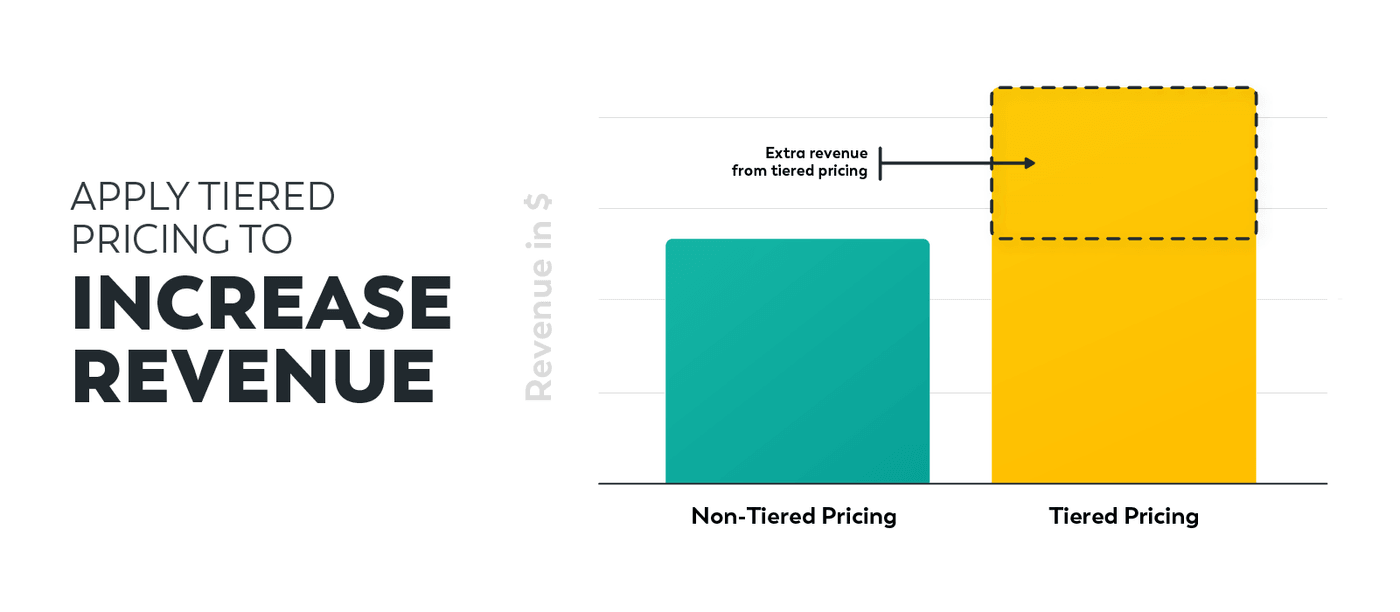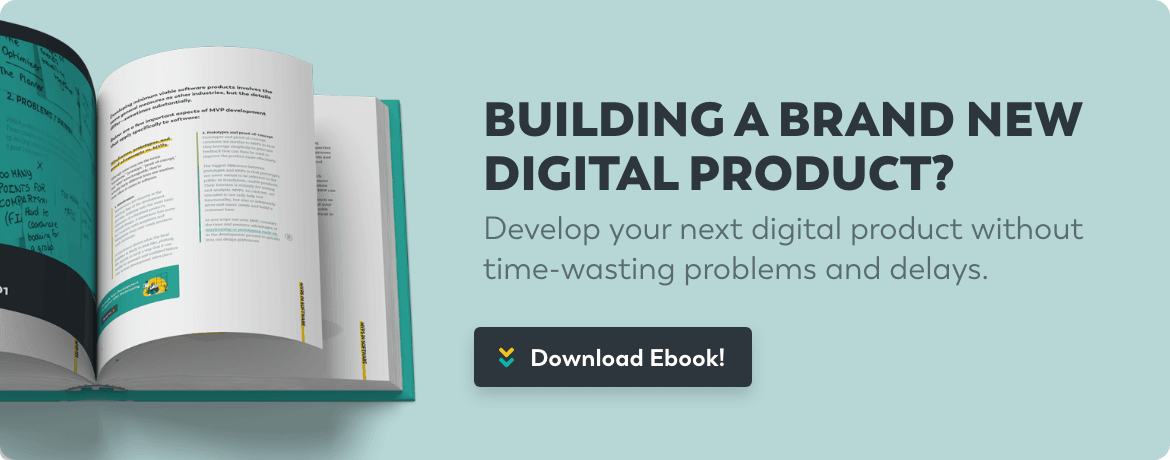Generating recurring revenue by adopting a subscription-based pricing model can prove to be a perfect opportunity for your organization. But not all businesses benefit from subscribers—some may even forfeit their market share by following this emerging trend.
Although media services encompassed the lion’s share of subscription sales in past years, a new trend among consumers threatens to upturn the established retail order, leading to a subscription price takeover of almost every industry.
From designer clothing and cosmetics to video games, medication, and snacks, subscription-based businesses are taking off. Below, we’ll delve into the details that make subscription pricing possible and profitable for many businesses as well as the reasons why some companies should keep away from the trend for now.
Overview and economics
Subscription pricing is a powerful way to build long-lasting relationships with your customers but it’s often misunderstood.
Subscription sales models focus on providing users with a given product or service for a recurring fee over a set period of time. When this model works, it garners widespread appeal and large subscriber counts that create recurring revenue for your organization. When it fails, it succumbs to the stress of high churn rates and inconsistent profits.
Three primary subscription pricing models exist:
- Curation: This approach centers on novelty, offering consumers a new release, surprise products, enhanced features, etc. over time.
- Replenishment: This type of subscription strategy allows customers to acquire more of a given product or service automatically at set intervals.
- Access: This option provides subscribers with VIP access to service or product perks.
Beyond the above main models, a business can further customize its subscription offerings based on service tiers and additional features. We cover such subscription pricing tiers and offers in greater detail below. But first, we’ll go over this pricing strategy’s strengths and how it can be optimized for long-term success.
Why you should consider subscription pricing
Subscription pricing presents potential buyers with an attractive short- and near-term option for purchasing products or services they need.
The appeal of subscription pricing models to consumers is its ability to make the same pricing someone might pay for a one-time purchase they will use for years seem far more affordable. This is accomplished by breaking up the total value cost of your offering into monthly subscription payments that add up to the same total amount over a reasonable period of time.
Flexibility is also a major plus for consumers looking to gain access to offerings they need, but are unsure of how long they’ll need them for or the scope of their utility. For these customers, a subscription model is far less intimidating than an upfront fee.
Now, let’s look at money-making opportunities for businesses that follow a subscription pricing strategy.
How subscription pricing can be optimized
Ideal product pricing works for both a business and its customers. Costs associated with providing a service, such as website hosting, salaries, and marketing must be calculated to determine what price will keep your company in the black. But that’s not the only thing that matters.
Charging enough to cover costs could keep you from earning recurring revenue customers would have willingly given to access your offer. Of course, a price that’s far too high will only turn people away. There are many strategies to choose from to mitigate this common pricing conundrum. Here are a few useful options:
- Match your competition. This strategy involves seeking out similar market offerings in your niche and pricing your own in the same range. For best results, you should aim to maintain slightly better price options than your competitors whenever possible.
- Adapt to the customer. This approach allows you to set different price points for the same or similar service options, basing each on the type of customer you aim to sell to. A practical means of implementing this strategy for subscription pricing would be the use of service tiers, which we’ll discuss in greater detail below.
- Try price skimming. This technique comes down to pricing new services and products higher when they’re first unveiled, then gradually lowering them in preparation for the next update.
Reducing churn is one of the most important objectives businesses that implement subscription pricing have to contend with. Holding on to your customers takes commitment to satisfying their needs and improving the quality of the products and services your company cultivates for them.
Optimizing your pricing structure can help keep customers loyal to your brand and win over new ones as well. To do this, you’ll need to leverage whatever information you currently have on the market and on your customer base. Ask existing and potential customers the right questions about what you offer or intend to offer, and you’ll be able to feel your way to the perfect price point.
VeraSage Institute founder, Ron Baker, insists the most important question to ask customers is whether or not the value you’re creating for them is greater than the price you’re asking them to pay in return.
Although you’ll need a predefined price point to ask this question, it helps frame the subscription relationship between your company and its customers in a positive, value-oriented light.
Subscription offerings, limits, and tiers
Setting up unique offers and establishing a baseline of clarity regarding separate service tiers can get new customers off the fence and into your circle of influence.
Promotions
Promotional pricing strategies can help get additional customers in the door. Once onboarded, new customers can be converted to full subscribers to generate recurring revenue for your business.
A simple yet highly effective example of this is so-called “bundled” pricing. This approach entices customers by combining multiple products into a single price-adjusted offer. Not only do your customers benefit by saving on the individual product or service purchases, but you benefit as well from additional subscription earnings for more services, etc.
Subscription tiers
Subscription tiers allow you to tailor the price to the benefits you can provide. Customers can choose appropriate tiers to match their needs without demanding any more than they’re actually paying for.
“You need to factor customer needs into the equation to get your tiers just right.”
At each product or service tier under your company’s subscription pricing model, limitations and perks will need to be well-defined. Doing this demands more time and attention than many business leaders might think - you need to factor customer needs into the equation to get your tiers just right.

Ideally, each service tier should appeal to a different subset of your customer base, allowing them to access features they need when they need them, to a reasonable degree. Too few tiers will limit the number of people who can fully appreciate your offer. However, it’s also possible to offer too much of a good thing in this regard.
Researchers at Columbia and Stanford universities discovered how effective the perfect selection can be in converting customers. They offered a free taste of multiple jams to interested consumers, with the intention of making a sale. In one experiment, they offered over 20 jams, whereas another experiment only featured six flavors to choose from.
Interestingly, the large selection drew in more potential buyers, yet failed to convert many of them. Out of 145 interested people, only 3% of them purchased anything. The limited selection, though lacking in options and less appealing to such a wide audience, actually sold to 30% of the 104 who stopped to see what was available.
Be hesitant to extend your subscription tier structure too far beyond the most important options if you want a better chance at appealing to potential buyers. Too many choices may cause “analysis paralysis” and keep would-be customers from committing to a single option. However, the opposite can also be true: Too few options can turn customers away just as quickly. Some sources insist on sticking to at least three product or service tiers.
“A solid subscription model guarantees a minimum service level, but it also caps the maximum service level.”
You should also be wary of offering too much for too little. A solid subscription model guarantees a minimum service level, but it also caps the maximum service level. Some sources point out the effectiveness of the Pareto principle, or 80/20 rule, in fleshing out your service offering to meet this criterion. Essentially, it can be boiled down to offering 80% of your maximum service level for 20% of the cost—an approach that makes your subscription model both sustainable and satisfying for your customers.
How businesses can make money with subscription pricing
Creating an attractive product-price fit can make it easier to earn more revenue from your existing customers. Those who are satisfied with the services you offer will continue to pay for them for much longer than they would have paid for a single offering, yielding better returns for your company and a long relationship with the people you serve.
Subscription pricing is uniquely suited for pricing perfection, especially when tiers are implemented and a value-first approach is adopted. Depending on the payment gateway you choose to manage your subscribers, this approach to pricing can even save you money in the long run.
Examples of when subscription pricing doesn’t work
Although subscription pricing can work perfectly for many businesses, not all will find it ideal. Here are a few no-gos for the subscription model:
Low or no-value deals
A subscription model that reroutes value to encourage customers to subscribe eventually turns them away. Instead of forcing a customer’s hand in subscribing to your offer by making the alternative extremely uncomfortable for them, you would do best to make the model all about choice. If you can simply provide a better array of choices for your customers, your business is more likely to benefit from this approach.
Complicated processes
Subscription models are meant to simplify long-term purchasing for your customers, not complicate the process. Similarly, they should highlight the positive effect your service or product has on customers’ lives. If they realize they can get by without your business’s help (and bills) they will.
Subscription pricing may be the answer your business is looking for
A subscription-based business model could carve out a steady foundation for your company among its competitors, setting you apart and solidifying your user base simultaneously. However, it’s not ideal for every business and should be implemented carefully.
Reach out to VeryCreatives today to learn more about developing a product or service that can leverage a subscription pricing model.
The second part of this article has been published here: How to Generate Recurring Revenue Without a Subscription Model
